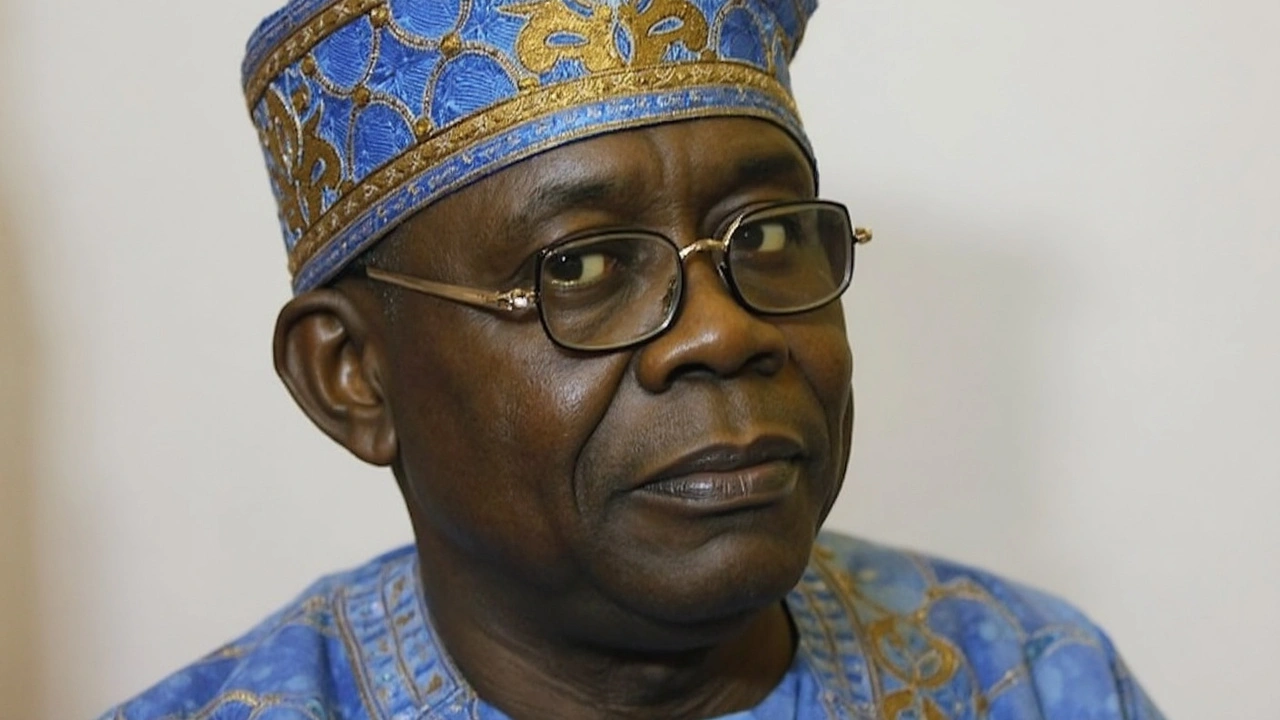Forex Stabilization: Keeping Currency Values in Check
If you've ever wondered how countries keep their currency from swinging wildly, forex stabilization is the key. It’s all about managing currency exchange rates so they don’t jump around unpredictably and create chaos for businesses and consumers. Imagine trying to plan a budget or a trip abroad if your money could lose or gain half its value overnight—it’d be a nightmare!
Forex stabilization involves central banks and governments stepping into the currency market to smooth out big swings. They use tools that either strengthen or weaken their currency to keep it within a range that supports trade and economic stability. This matters a lot for countries that rely heavily on imports and exports since sudden currency moves can hurt prices and business confidence.
Why Forex Stabilization Matters
Volatile exchange rates can trigger inflation or deflation, twist investor confidence, and make debt harder to manage. For example, if a country’s currency plummets, imported goods become more expensive, pushing everyday prices up. That makes life tougher for people and can force the central bank to raise interest rates, slowing economic growth. Forex stabilization helps prevent these shocks, maintaining a healthy balance for the economy.
Common Methods Used for Stabilization
Central banks don’t just watch from the sidelines—they actively buy or sell their own currency in foreign exchange markets to influence its value. If their currency falls too fast, they might use foreign reserves to buy it back and support the price. On the flip side, they can sell currency to prevent it from getting too expensive, which protects exporters.
Other tools include setting interest rates and controlling money supply, which indirectly affect currency strength. Sometimes, countries peg their currency to a stable foreign currency or basket of currencies, locking exchange rates within a narrow band. While this can bring stability, it limits flexibility when economic conditions change unexpectedly.
Some nations also impose capital controls, restricting how much money can flow in or out, which helps prevent sudden speculative attacks on their currency. But these controls can have drawbacks if overused, such as discouraging foreign investment.
Forex stabilization isn't a one-size-fits-all approach. Each country tailors strategies based on its economy, trade relationships, and development goals. It’s a constant balancing act—too much interference can backfire, while too little can invite instability.
Understanding forex stabilization helps explain why exchange rates sometimes seem to move smoothly and other times jump sharply. It’s a behind-the-scenes game with major consequences for everyday life, business planning, and global trade.

President Tinubu's Two-Year Milestone: Major Reforms and Economic Shake-Up in Nigeria
Tinubu's administration celebrates two years with sweeping reforms: fuel subsidy removal, forex market stabilization, and billions in oil investments. Nearly 1.2 million Nigerians gained from social programs, while plans to widen electricity access move ahead. Authorities say 2025 will build on these achievements.